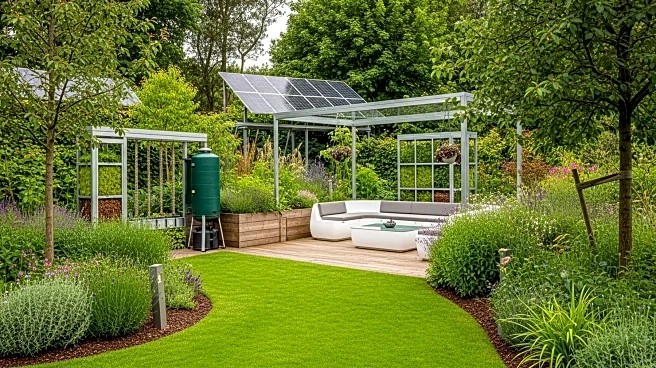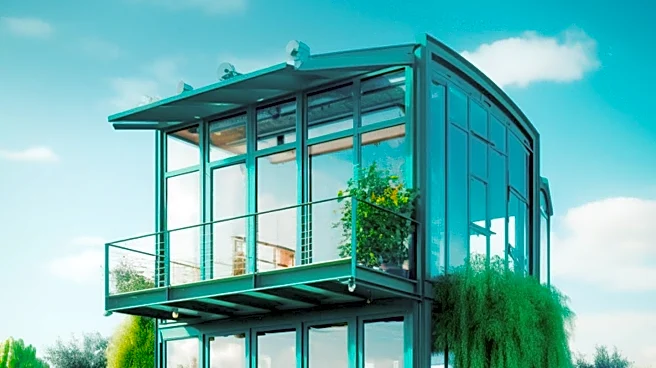What's Happening?
WATG, a global design firm, is focusing on creating landscapes that promote wellness through neurochemistry. The firm aims to design environments that naturally stimulate the release of neurotransmitters such as endorphins, dopamine, oxytocin, and serotonin, which are associated with mood enhancement and social bonding. This approach is part of a broader trend in the wellness industry, which has grown significantly, reaching a valuation of $6.3 trillion by 2023. The industry is projected to grow to $9.0 trillion by 2028, driven by a shift towards preventive healthcare and wellness real estate. WATG's design principles include creating sensory-rich environments, promoting active mobility, and fostering social connections, all aimed at integrating wellness into daily life.
Why It's Important?
The emphasis on wellness-focused design reflects a growing recognition of the impact of physical environments on health. As the wellness industry expands, it offers economic benefits such as higher occupancy rates and brand loyalty for businesses that incorporate wellness into their offerings. This shift towards preventive healthcare is crucial in addressing the economic and social pressures caused by mental health challenges and cardiovascular diseases. By embedding wellness into the built environment, WATG's approach could lead to healthier communities and more resilient healthcare systems, ultimately reducing healthcare costs and improving quality of life.
What's Next?
The continued growth of the wellness industry suggests that more businesses and developers will adopt wellness-focused design principles. This could lead to increased investment in wellness real estate and the integration of wellness into urban planning. As consumers demand environments that support their health, companies may need to innovate and adapt to meet these expectations. The focus on preventive healthcare is likely to drive further advancements in technology and personalized medicine, enhancing the effectiveness of wellness initiatives.
Beyond the Headlines
The integration of wellness into landscape design highlights ethical considerations regarding access to health-promoting environments. As wellness becomes a priority, there may be discussions about ensuring equitable access to these spaces, particularly in urban areas where green spaces are limited. Additionally, the cultural sensitivity of design choices could play a role in how communities engage with wellness initiatives, influencing long-term societal shifts towards healthier lifestyles.










